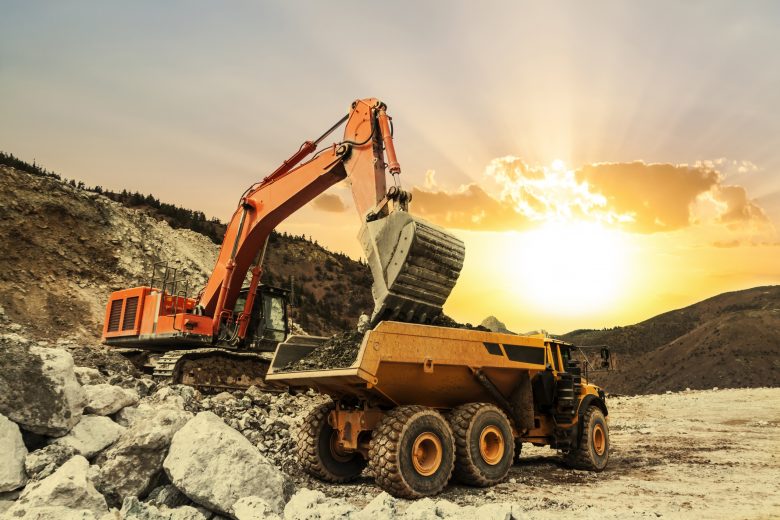Heavy machinery is used for many purposes and across various industries, from construction and farming to printing and processing. If a user is lacking training or does not properly use the equipment, it could potentially lead to major injuries on the job site. Many pieces of more modern equipment come equipped with analytics and safety features that could assist in keeping a safe workplace, however we still suggest implementing the following safety tips as an operator of heavy equipment to mitigate the likelihood of serious injury.
First, provide proper training to any employee who will be working with the heavy machinery. Every piece of equipment has different safety features and operates differently, so anyone who will be using the equipment should be trained by an expert or someone knowledgeable on the operation of that machine. They should also read through any manuals that are available related to operating the machine that they will be using. Once trained, equipment operators should be tested to ensure they are best equipped to safely operate any machines they will use. If anything needs improvement, trainers should provide recommendations. Training is essential because machine accidents can lead to severe injury and even death.
Second, machine guards should never be removed. Different types of equipment have different guards, but machine guards are the parts that primarily protect the operator from accident and injury. Machine guards can be used to block sparks and debris in some cases, or they might cover blades and sharp edges in other instances. Whatever their main purpose, machine guards should not be removed unless it is to perform repairs or maintenance, and even then, the person completing the maintenance should make sure that the machine is completely turned off before anything is done.
Third, the machine operator should always wear adequate protective gear. Even if machine guards are in place, equipment users should also be sure to wear proper safety attire such as goggles, boots, gloves, and hard hats. Choose gloves that perfectly fit your hands, and if working with sharp blades or cutting equipment pick gloves that are cut resistant. If operating machinery that may emit sparks or cause flying debris, ensure that the goggles chosen wrap completely around the face to protect the eyes. Hard hats and boots are highly recommended to be worn when operating heavy machinery to protect against falling objects and prevent injury.
Fourth, there should be regular risk assessments conducted on the machinery. Modern equipment contains a lot of advanced technology that makes performing risk assessments easy as there are many analytic tools built in that allow faults to be readily detected. Assessments are important because they allow risks and potential dangers to be easily identified so that the machines can continue running safely by ensuring proper installation and functionality of machines and machine parts.
Fifth, create and keep a regular maintenance schedule for any heavy equipment in operation. Not only will maintaining the machines maximize their performance over time, but it will also minimize the risks associated with blockages, overheating, dull blades, and breakdowns. Sensory devices may also be utilized to monitor machine performance and identify machine faults such as fluid leaks and large differentials in temperatures which could lead to equipment damage.
Sixth, there should be no interference with moving machinery. Machine operators must remain focused at all times, so while equipment is running, other people should not enter the worksite and cause potential distraction to the machine operator. Distraction could lead to accidents and injury if the machine operator lacks the proper concentration and attention needed to perform their task. Moving machine parts, such as sharp blades and attachments, must be handled with care at all times to prevent unfortunate incidents from occurring as well.
Seventh, install devices to prevent accidental start up or power fluctuations. Many times, accidents may occur during maintenance of a piece of heavy equipment due to an unexpected change in energy or power and a machine turning on inadvertently. By installing devices to prevent power fluctuations while maintenance is being performed on the equipment, machine safety can be increased and potential injuries can be prevented.
To conclude, safety when it comes to operating heavy equipment is a complex issue and there are many factors that should be considered. Although there are a multitude of other items to think about related to safely operating heavy machinery, we hope that the aforementioned tips can be a good start to guiding machine operators to properly use their equipment and keep them safe and healthy by preventing and accidents and injuries.


 1400 Broadfield Blvd, Houston, TX 77084,
USA.
1400 Broadfield Blvd, Houston, TX 77084,
USA.